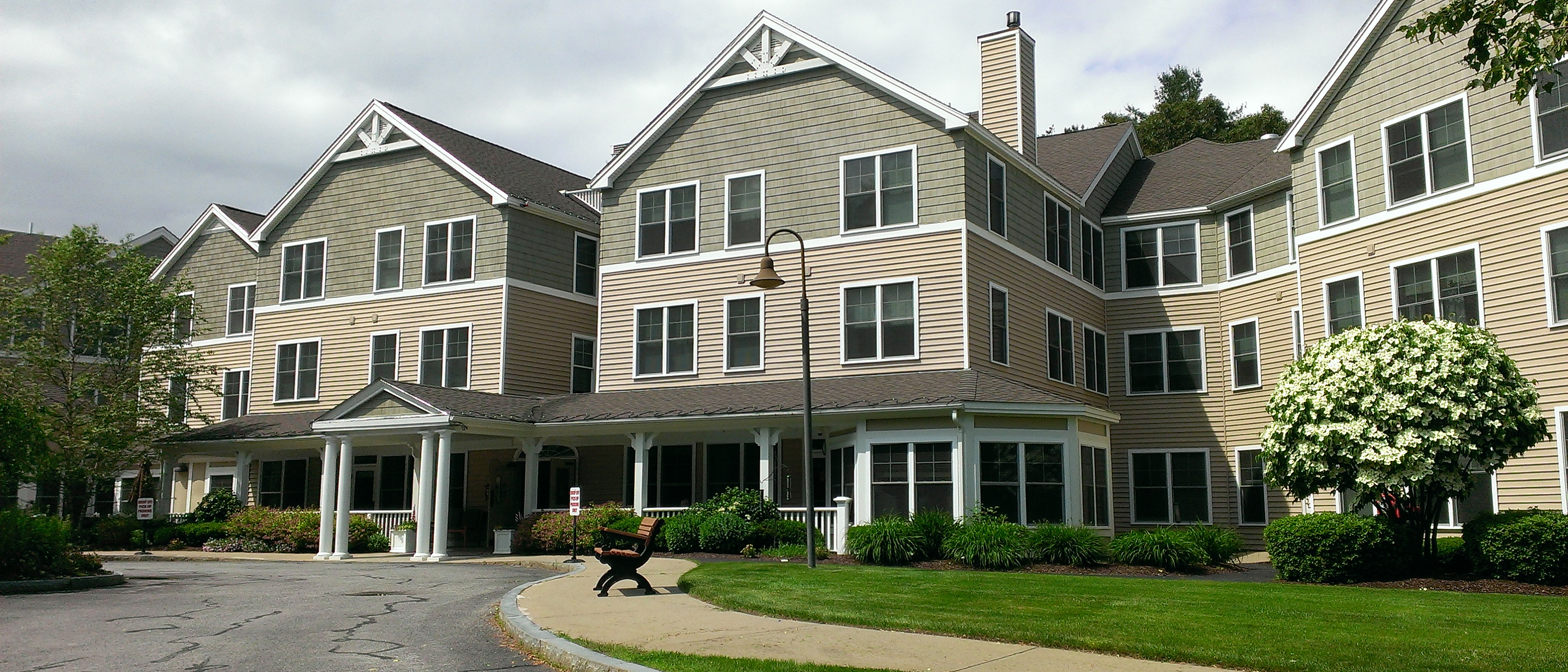Our society includes many vulnerable populations that have difficulty living independently, such as:
- Seniors with increasing frailty
- People with mobility issues, vision impairments, or other physical disabilities
- Individuals with mental health issues or substance abuse dependencies
- The developmentally disabled
- Those with chronic illnesses & health conditions
These vulnerable segments of the population often live in subsidized housing as they are retired or have difficulty maintaining full employment. They often face challenges accessing health care and supportive services, and when relatively minor problems are neglected, they can spiral in effect until they result in loss of housing. This puts costly strains on other parts of our society’s safety net, including nursing homes, emergency rooms, and homeless shelters.
However, these vulnerable populations can successfully maintain their independence in a supportive environment that increases their access to wellness services. Services-enriched properties typically include the following general goals:
- Improve the health & quality of life of the resident.
- Increase the availability of preventative care to reduce dependence on emergency medical services.
- Maintain the independence of the resident in their home & avoid the need to move to a much costlier, institutional care setting.

Some common service enhancements include the following:
- On-site medical services such as nurse office hours, wellness clinics, physical therapy, & visiting health care practitioners.
- Coordination of outside services & advocacy on behalf of the resident.
- Assistance with Instrumental Activities of Daily Living, such as money management, applying for public assistance & other paperwork, maintaining their home, etc.
- Social activities & educational programs to combat isolation & depression by drawing residents out of their apartments to interact with one another & build personal relationships.
- Meal programs that provide nutritional value, social interaction, & an opportunity for staff to check on the wellness of residents and publicize available services.
- Fitness & exercise programs.
- Scheduled transportation services to shopping & medical appointments.
It requires significant resources from the owner and management to develop, manage, and provide these wellness services. They often share many characteristics with those available at private-pay independent and assisted living facilities, which command a significant rental premium in the market over conventional housing.
Therefore, it is important for an appraisal or rent comp study to fully reflect the value of these amenities in the market while analyzing the subject’s market rent. The Section 8 Renewal Guide clearly instructs that an appraiser should reflect the value of the availability of a service to the resident, even if it has an additional fee or it is provided by an outside agency through the coordination of the subject property.
Andrew Van Hazinga has extensive experience in the appraisal of services-enriched properties, which reflects the marriage of his work with both multi-family and seniors housing. Since 2007, he has completed well over 40 assignments appraising services-enriched rental properties and developed a valuation analysis to accurately measure the rental contribution of wellness services in the market that have stood up to HUD and peer review. This includes Section 8 properties with extensive wellness programs as well as those that have gone through the Assisted Living Conversion Program.
Van Hazinga Appraisal & Consulting is a valuable resource for owners and managers of affordable housing who have implemented service enhancements to ensure that the value of this amenity is reflected in their market rent. In addition, I provide consulting for owners interested in implementing this type of program with recommendations regarding programmatic elements, supporting physical improvements, and guidance on the likely effect on market rents.
Please contact Andrew Van Hazinga for more information.

